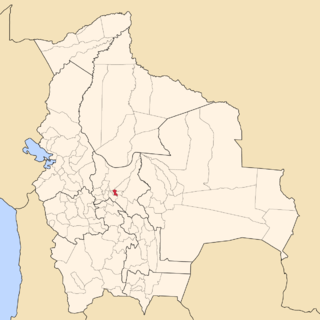Area per application method at field level
94% of the application methods of irrigation water at field level is of the category surface irrigation, [1] whereby the water is spread over the field by gravity.
Of the remaining 6%, the majority is irrigated by methods requiring energy, expensive hydraulic pressure techniques and pipe systems like sprinkler irrigation and drip irrigation, for the major part in the USA. The source of irrigation water in these cases often is groundwater from aquifers. However, the exploitation of aquifers can also be combined with surface irrigation at field level.


In relatively small areas one applies subirrigation whereby the water infiltrates into the soil below the soil surface from pipes or ditches. This category includes tidal irrigation used in the lower part of rivers where the tidal influence is felt by permitting the river water to enter ditches at high tide and allowing it to infiltrate from there into the soil [2]
In relative rare cases one uses labor-intensive methods like irrigation with watering-cans and by filling dug-in porous pots (pitcher irrigation) from where the water enters the soil by capillary suction.
Surface irrigation can be divided into the following types, based on the method by which water is spread over the field after it has been admitted through the inlet: [3]
- spate irrigation [4] (in Pakistan called Rod Koh ), which may occur in hilly regions in dry zones where small rivers produce spate floods; ditches and bunds are built to guide the water to the fields to be irrigated; the number of fields irrigated at each flood event depends on the duration and intensity of the flood. The sailaba system in Balochistan is an example [5]
- flood-plain irrigation, which may occur in dry zones in larger river plains, where the river has high discharges during a short season only. Bunds are constructed to retain the river floods and the lands are being planted to crops when the floods recede (flood recession cropping). The molapos in the Okavango inland delta are an example [6]
- border-strip irrigation, in which the water moves over a graded strip of land with a mild slope and the water infiltrates into the soil while the wetting front advances. Borders are made along the strip to prevent the water of spreading out to neighboring fields.
- level-basin irrigation, in which the water is set up on the soil surface quickly on leveled plots and given time to infiltrate. The basins are surrounded by borders to retain the water. Basins can be used for any crop. The combination of basins with furrows without slope is applied for relatively large plants like cotton, maize and sugar cane. For crops sown by broadcast, like some cereals (especially wheat), one uses basins with corrugations drawn in the soil. In orchards one may make relative small (possibly circular) basins around the trees. Basin irrigation can be used both in flat areas and sloping lands. In the latter case, terraces have to be made. The spectacular terraces pictured were made by hand, a tedious job, and they are an amazing world heritage. Rice grown in the flooded basins of terraces (paddies) is often irrigated continuously whereby the water flows from one field to the other, making sure that the rice plants remain submerged. The main reason of the submergence is weed control, but the rice needs to be of a variety that tolerates waterlogging.
- furrow irrigation, in which the water moves over the field in furrows between ridges on which the crop is planted. The water infiltrates into the soil from the furrows. The furrows can be made both in sloping and flat land. In steep sloping land they are preferably laid out at a mild slope at an angle with the topographic contour lines to avoid soil erosion.
The first four forms of irrigation come in the category of flood-irrigation, because the entire surface of the cropped area is wetted, whereas with furrow irrigation, the surface of the ridges remain dry. The irrigation of sloping fields is called flow irrigation as the water on the surface does not come to a stand still and the stream entering the field has to be cut back before the wetting front reaches the end of the field to avoid runoff losses.











